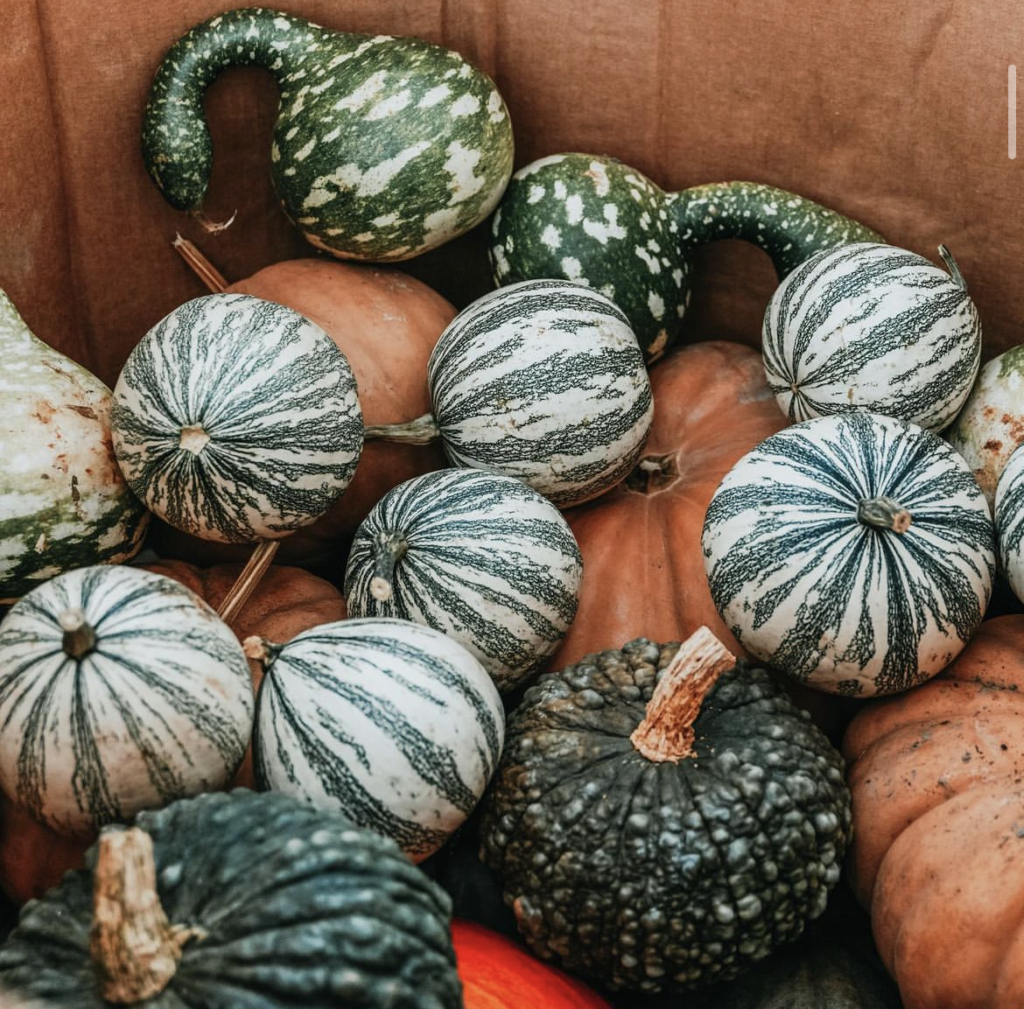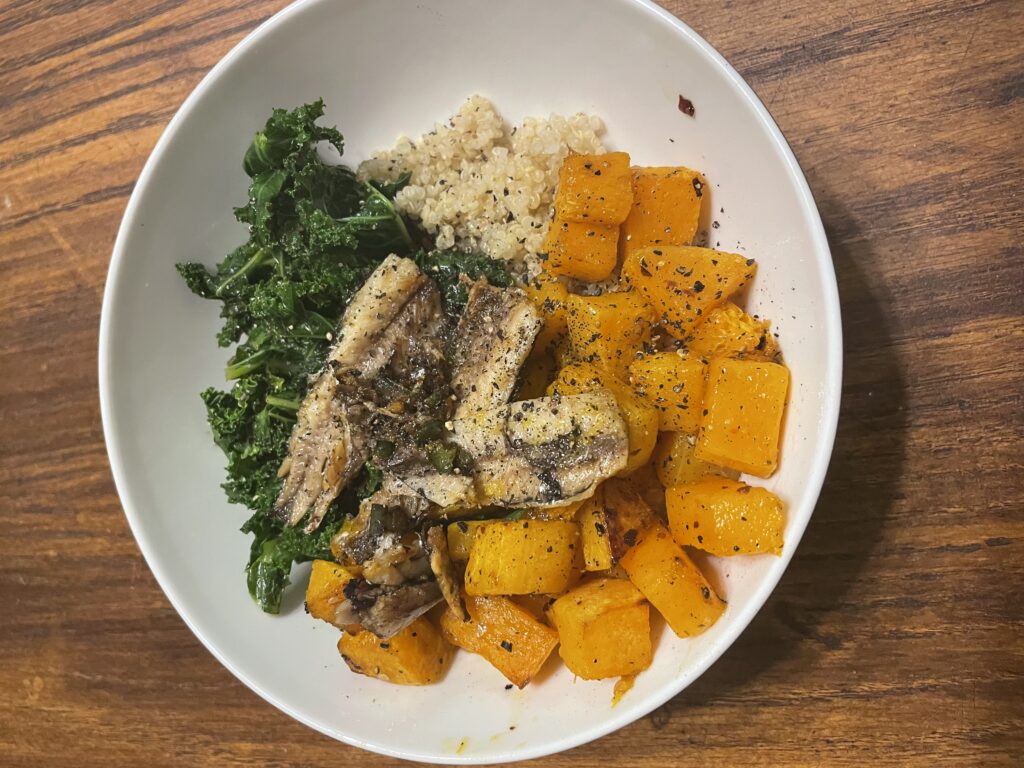Enjoy This Mild, Refreshing Botanical Fruit in Wilmington From Late Summer to Fall
go.ncsu.edu/readext?960091
en Español / em Português
El inglés es el idioma de control de esta página. En la medida en que haya algún conflicto entre la traducción al inglés y la traducción, el inglés prevalece.
Al hacer clic en el enlace de traducción se activa un servicio de traducción gratuito para convertir la página al español. Al igual que con cualquier traducción por Internet, la conversión no es sensible al contexto y puede que no traduzca el texto en su significado original. NC State Extension no garantiza la exactitud del texto traducido. Por favor, tenga en cuenta que algunas aplicaciones y/o servicios pueden no funcionar como se espera cuando se traducen.
Português
Inglês é o idioma de controle desta página. Na medida que haja algum conflito entre o texto original em Inglês e a tradução, o Inglês prevalece.
Ao clicar no link de tradução, um serviço gratuito de tradução será ativado para converter a página para o Português. Como em qualquer tradução pela internet, a conversão não é sensivel ao contexto e pode não ocorrer a tradução para o significado orginal. O serviço de Extensão da Carolina do Norte (NC State Extension) não garante a exatidão do texto traduzido. Por favor, observe que algumas funções ou serviços podem não funcionar como esperado após a tradução.
English
English is the controlling language of this page. To the extent there is any conflict between the English text and the translation, English controls.
Clicking on the translation link activates a free translation service to convert the page to Spanish. As with any Internet translation, the conversion is not context-sensitive and may not translate the text to its original meaning. NC State Extension does not guarantee the accuracy of the translated text. Please note that some applications and/or services may not function as expected when translated.
Collapse ▲Have you noticed? I have. The mornings are beginning to get a bit cooler, the sun is setting on us earlier, and I find myself thinking about what soups I want to try. Our mild winters mean that summer might be wrapping up, but the growing season will continue for several more months. So, while I’m still savoring the tomato sandwiches, muscadine grapes, and peaches of late summer, I’m also looking forward to the upcoming bounty of autumn.

Pumpkins, squash, and gourds are members of the vine crops called cucurbits. Photo contributed by Feast Down East.
Growing up in eastern North Carolina I knew our summer squash, particularly zucchini and yellow crookneck, quite well. It wasn’t until I started visiting local farmers markets over the past few years that I learned how much I love winter squash, though. Butternut, delicata, and spaghetti squash are all winter squash that we will soon be able to find at our local markets.

Roasted butternut squash in a grain bowl. Photo contributed by Morgan King.
As the season continues to change we’ll also find a lot of fresh greens like kale, cabbage, Bok choy and arugula, in addition to kohlrabi, pumpkins, and other varieties of squash. I encourage you to visit local farmers markets and get a feel for the seasonality of food for our area. Farmers are eager to answer questions about flavor and cooking techniques, and so I am. I would love to hear about seasonal recipes you’ve tried.
Morgan King is the Family & Consumer Sciences Agent for N.C. Cooperative Extension – New Hanover County Center. The office is located at the Arboretum, 6206 Oleander Drive, and is free and open daily 8 a.m. – 5 p.m. Reach her at morgan_king@ncsu.edu or 910-798-7660.



